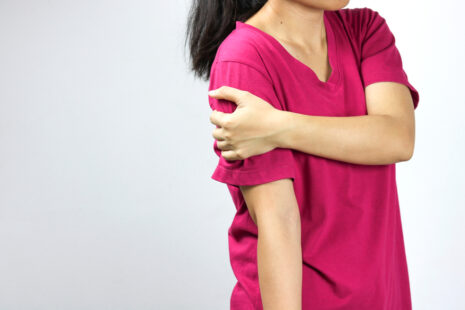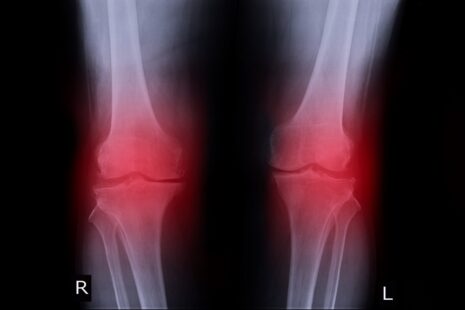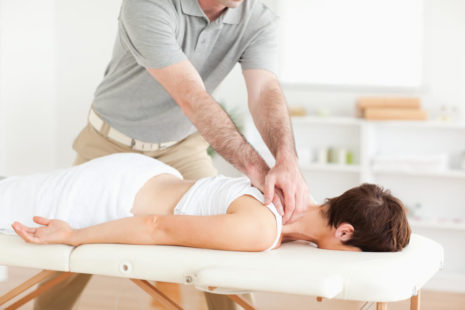While self-administered physical therapy is not a replacement for professional care, you can do exercises and activities to promote healing and maintain mobility if you have a boxer’s fracture. Consult with a healthcare professional, preferably a physical therapist, to get a personalized plan and ensure these exercises suit your specific condition.
Here are some general guidelines that may help…
- Immobilization – If your fracture is still healing or you have a cast/splint in place, following your doctor’s instructions regarding immobilization is essential. Avoid putting any weight or pressure on the affected hand during this period.
- Finger Range of Motion (ROM) exercises – Perform gentle finger exercises to maintain flexibility and prevent stiffness. Start by slowly flexing and extending your fingers, then move them from side to side. Perform these exercises several times a day.
- Wrist Range of Motion (ROM) exercises – Gently move your wrist in various directions, such as flexion, extension, ulnar deviation (toward the pinky side), and radial deviation (toward the thumb side).
- Grip strength exercises – Once your healthcare professional gives you the green light, you can start working on grip strength. Squeeze a soft rubber ball or a therapy putty in your hand, holding the squeeze for a few seconds before releasing it. Gradually increase the intensity as your hand heals.
- Ball rolling exercises – Place your affected hand on a table or a flat surface with your palm facing down. Use a tennis ball or a small rubber ball to roll it back and forth on the table using gentle pressure from your other hand. This helps to promote mobility and flexibility in your hand and wrist.
- Heat and ice therapy – Applying heat or ice to the affected area can help manage pain and reduce inflammation. Use a heating pad or a warm towel for heat therapy and an ice pack wrapped in a cloth for cold therapy. Be sure to follow appropriate time intervals to prevent skin damage.
- Avoid high-impact activities – Until you have fully healed and received clearance from your healthcare provider, avoid activities that could put additional stress on your hand or lead to re-injury.
- Gradual return to activities – As you progress in your healing, gradually reintroduce daily activities, such as writing, typing, and light lifting, to assess your hand’s response and avoid overloading the injured area.
Self-administered physical therapy is not a substitute for professional care. Consult a qualified physical therapist or healthcare provider to design a comprehensive rehabilitation program tailored to your needs and injury severity. They can monitor your progress, provide hands-on treatment, and adjust your therapy plan appropriately as needed.




